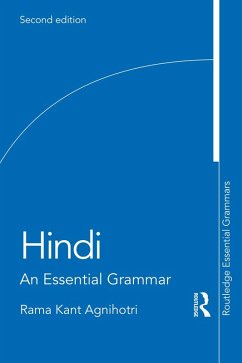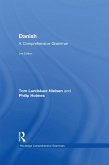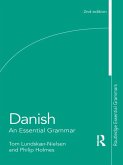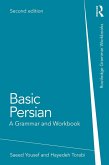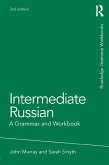Suitable for either independent study or for students in schools, colleges, universities and adult education classes, key features include:
- Full examples throughout in both Devanagari and Roman script with a gloss in English
- Glossary of technical terms and detailed subject index
- Cross referencing between sections
- Authentic material provided in the appendix demonstrating grammar usage
Hindi: An Essential Grammar will help students, in both formal and non-formal education and of all levels to read, speak and write the language with greater confidence and accuracy.
The revised edition rectifies the printing errors inadvertently made in the first edition; it also further clarifies several other issues including Hindi word order flexibility, compound nouns, ergativity, pronominal usage and polite communication.
Dieser Download kann aus rechtlichen Gründen nur mit Rechnungsadresse in A, B, BG, CY, CZ, D, DK, EW, E, FIN, F, GR, HR, H, IRL, I, LT, L, LR, M, NL, PL, P, R, S, SLO, SK ausgeliefert werden.
"Agnihotri's examples quite naturally draw on as wide a range of lexical resources and contexts that an average Hindi speaker would be expected to have access to. The accompanying observations on the conditions of use of the examples, and in the Appendix on Grammar in Context, is also particularly worthy of commendation, as they not only relieve the work of the usual accusations of prescriptivism that grammars typically attract, they also reveal to the reader how grammatical analysis enriches our understanding of the social and the symbolic." (Kidwai 2007: 150)
Prof Ayesha Kidwai, Professor of Linguistics at the Centre for Linguistics, Jawaharlal Nehru University, New Delhi

